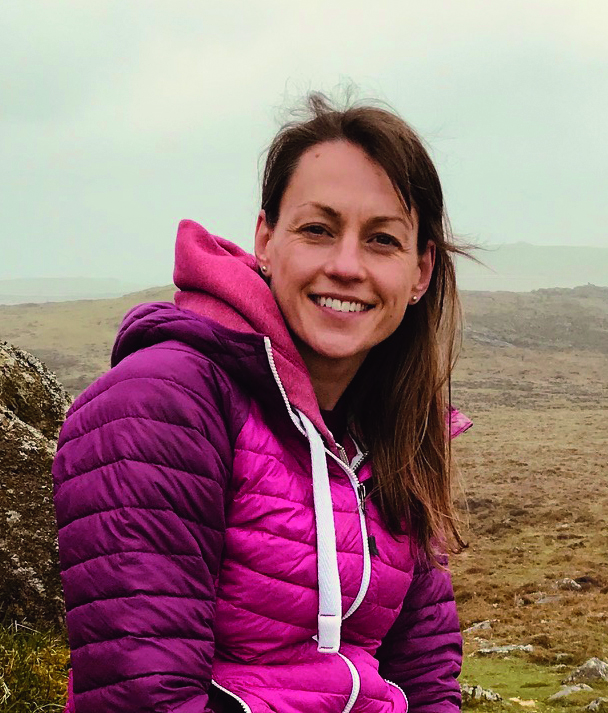On Sunday 9th January 2022, The Green Planet episode 1 aired, bringing Tropical Worlds to our screens using incredible new filming technology. We met the episode producer and director Paul Williams to find out how his team handled the challenges of bringing the world of plants to life in never-seen-before detail.
What are the bigger themes of the Tropical Worlds episode?
Relationships. The tropical world is a dense, tangled environment, containing more than half of the plant and animal species on Earth. This phenomenal abundance of life is all down to the plants and the relationships that they have developed with animals, and with each other, over millions of years. The other theme is fragmentation, and how we need to piece our forests back together to preserve this rich life.
What's a standout sequence for you?
The dipterocarp sequence is very moving. These are the tallest tropical trees in the world – some over 90 metres high – and are very abundant on Borneo. They have a remarkable, cooperative survival strategy: they go years without producing any seeds at all, then produce and drop their seeds all at once – billions across the entire forest. Seed predators, such as bearded pigs, can then eat their fill, but enough seeds survive to ensure survival of the next generation. We follow the seeds in slow motion as they spiral en masse down to the enemy waiting below. It reminds me of the scene in Saving Private Ryan when the soldiers go into battle together.
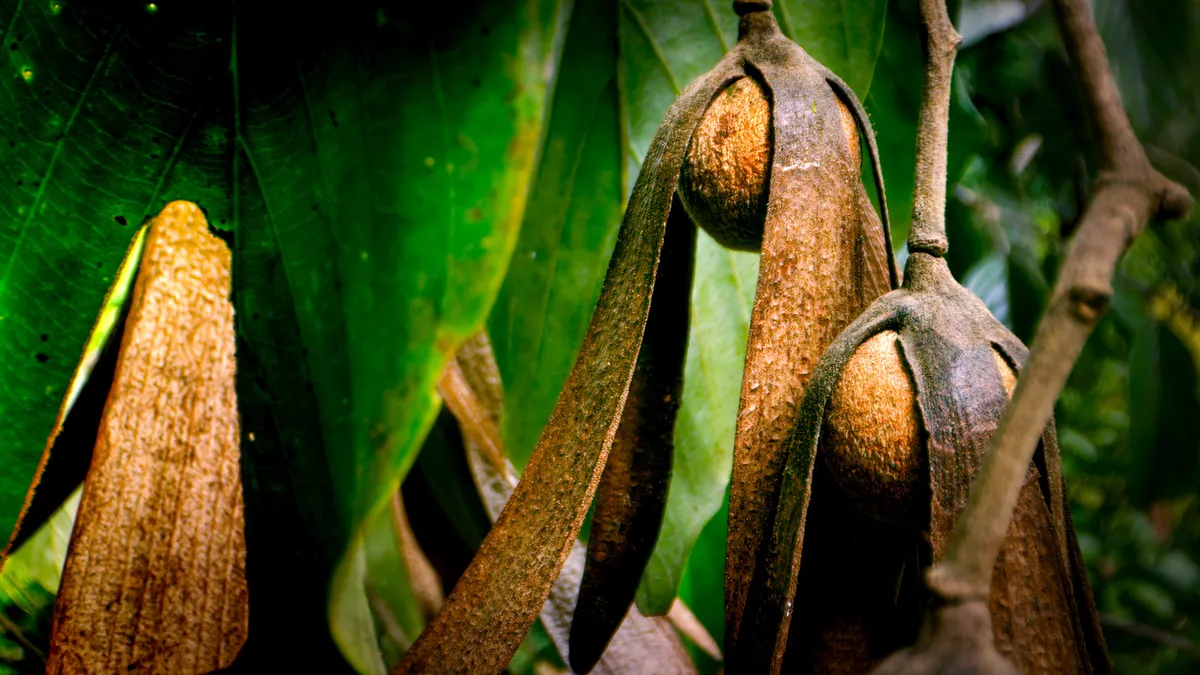
What interesting tech did you use?
The last series on plants was The Private Life of Plants, 25 years ago. Back then, you'd point a camera at a plant and try to predict what it was going to do. Usually, it would grow out of shot, and you'd have to start again. But we have specially developed new robotic cameras that we can programme to follow the action. These are giant systems that 'fly' around a plant as it slowly grows in a studio. They allow us to film plants like we film animals - the plants do their thing; we follow and capture the action. We see the plants growing, and fighting, but on their timescale – it takes us into a parallel world. We also wanted to break new ground and take this studio technology on location, so we worked with ex-military engineer Chris Field to shrink it all down into a field robot, named the Triffid. It's a really exciting piece of technology that enables us to explore plants on every scale, all around the world.
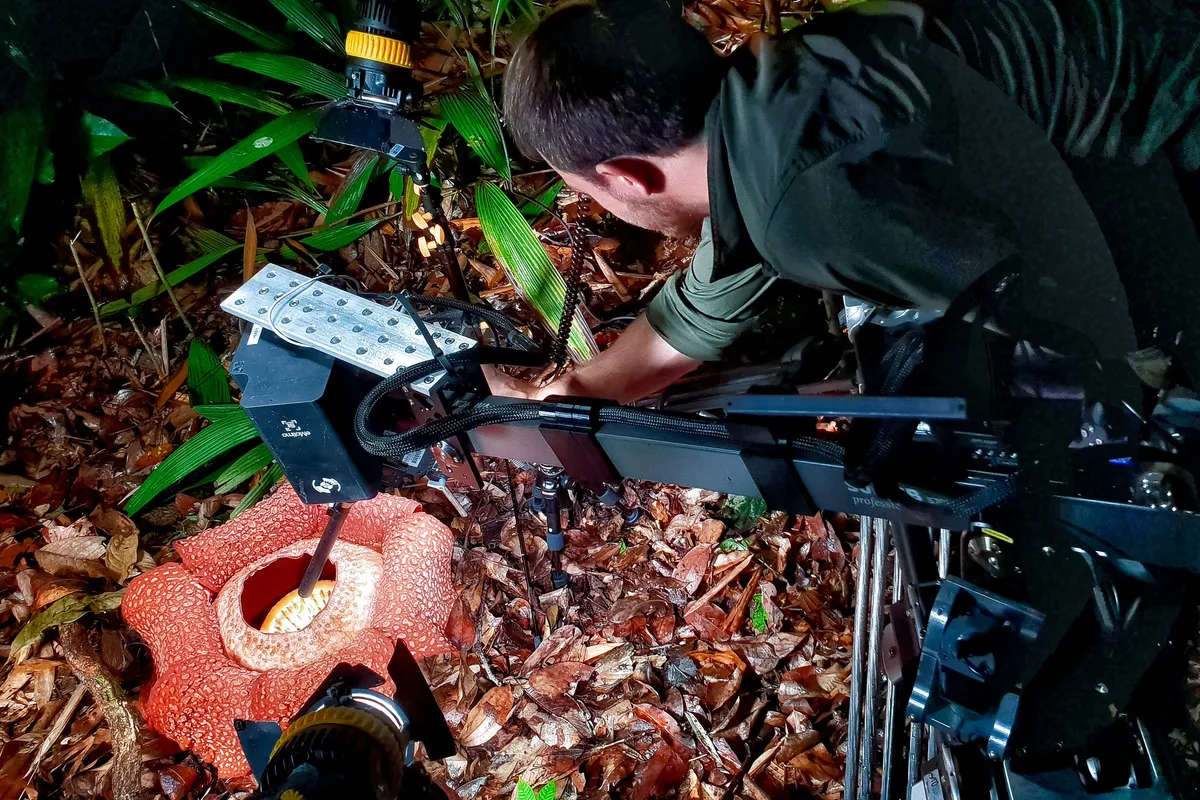
So what does the Triffid do?
It can capture the fine detail of a leaf so that it feels like a landscape, but also 'fly' you along a root, as if you're on the back of a fly. What I find really cutting-edge is that it also allows us to create long, continuous shots, so we can tell a story without constantly cutting from wide to close. We have a three-minute shot following leafcutter ants and it is mind-blowing. The Triffid also creates magic. For instance, it 'flies' you into the buttress of the tree, closer and closer until all the cracks of the bark start to feel like enormous canyons, drawing you into a magnificent world of miniature.
Did you use drones?
Yes. We worked with Andrew Lawrence, a top drone racer. He flies a first-person-view (FPV) drone the size of a matchbox using video goggles, so he sees what the drone sees. We took him to Costa Rica and unleashed him. He was able to navigate his drone among the branches and leaves – it's the first time an FPV drone has been used in a series like this.
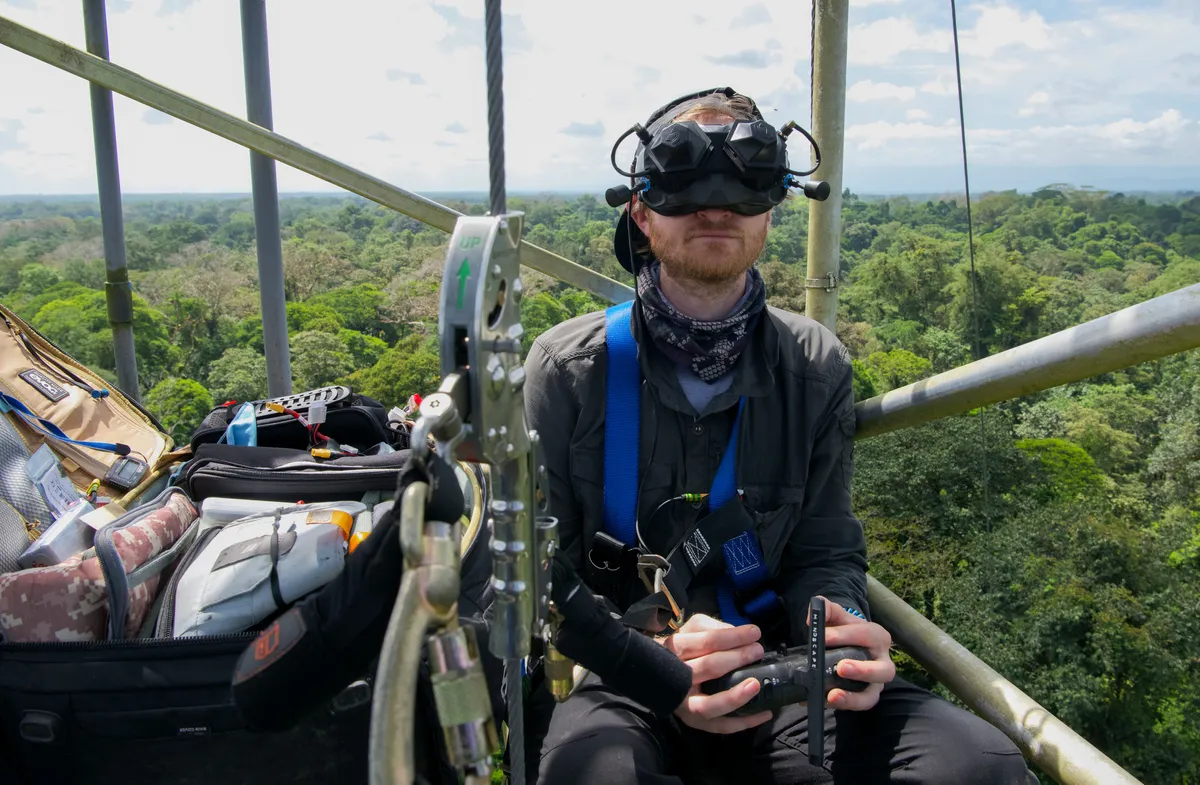
Usually, a drone would crash in this kind of environment, but because this drone is so small and his skill-level so high, he can perform these dynamic moves, giving a hummingbird's view of the rainforest.
Watch more documentaries by David Attenborough:
Did you climb into the trees?
Yes. For the dipterocarp sequence, for instance, we spent a week rigging a tree with a slow-motion camera. The camera is attached to a stabilising frame called a ronin that takes out the wobble. We tied a climbing rope to the ronin, hoisted it to the top of the tree and then, when the seeds fell, dropped it, letting the rope fall though our fingers. This is an expensive camera so you can't mess it up – if it crash-lands, you've lost a lot of money.
What's it like filming in a rainforest?
Rainforests are wet, which makes things tricky. We'd often spend hours programming our robots and be about to press 'go', and it would start raining. It took three different trips to get the leafcutter ant sequence. The first shoot failed completely and the second was so wet that the ants didn't even come out.
How did the pandemic make things difficult?
We were able to keep the studio rigs going, but we also filmed from home during lockdown. We turned our bathrooms and spare rooms into studios, and I installed a colony of leafcutter ants in my garage. We also worked with remote crews, so I was directing over Zoom. Wildlife film-making is fundamentally about problem solving – you have to be resourceful.
Anything try to eat you?
Nearly! When we were filming in Dipterocarp trees, we had to avoid hornets' nests. You can't see into the top branches, so we'd send a climber up to check. After a morning of scouting we finally found the perfect, hornet-free tree in the perfect location, only for an angry mob to emerge from the adjacent tree and chase us out of the forest.
Which sequence was most rewarding?
The Rafflesia in Borneo. It's very rare and completely bizarre – it’s a parasite on a vine but it produces the largest flowers in the world – a metre across. It’s blood-red, hairy and smells of rotting flesh to attract insects.
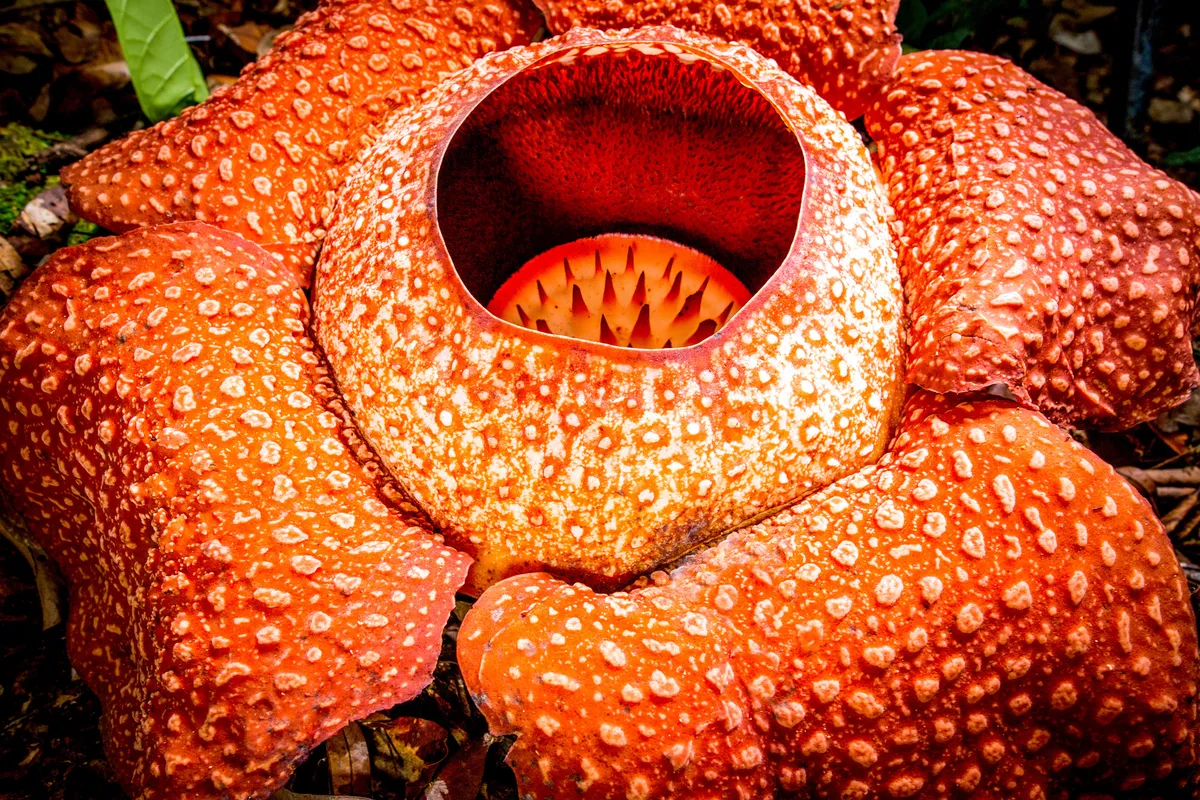
I tried to film one opening seven years ago, but it stopped halfway through. I'd always wanted to try again. One day in 2019, our consultant scientist alerted us to a huge swollen rafflesia bud that was about to open, so we trekked to the site and set up seven cameras around it, including the Triffid. Over the next 24 hours, it opened, but half of our cameras stopped working because it was so wet. Luckily, the remainder captured beautiful shots inside the flower.
Any other standout moments?
We found a location in Costa Rica where bats feed on flowers right in front of you, so we took David there. Sure enough, a bat appeared after a few minutes and it was magical – you can see the sheer joy on David's face. It shows the intimate relationships that still exist in forest fragments, which we stand to lose if we're not careful.
Please note that external videos may contains ads
Sir David Attenborough Witnesses a Magical Moment | The Green Planet | BBC Earth
Half of tropical forest now exists only as tiny fragments. Scientists have found that, every 10 or 20 years, a fragment loses half of its life, and sooner or later will become a dead forest. The solution is to connect them back together. We demonstrate this by taking David to a place in Costa Rica that he visited 30 years ago – when it was a research station at the edge of a grassland. Today, it's a restored rainforest.
How do you hope people will look at plants differently?
I want people to see the rainforest not as a tangle of greenery, but as a magical place of wonder, full of fascinating individual characters that all interact. They are the foundation for much of life on earth, and we need to protect them.
